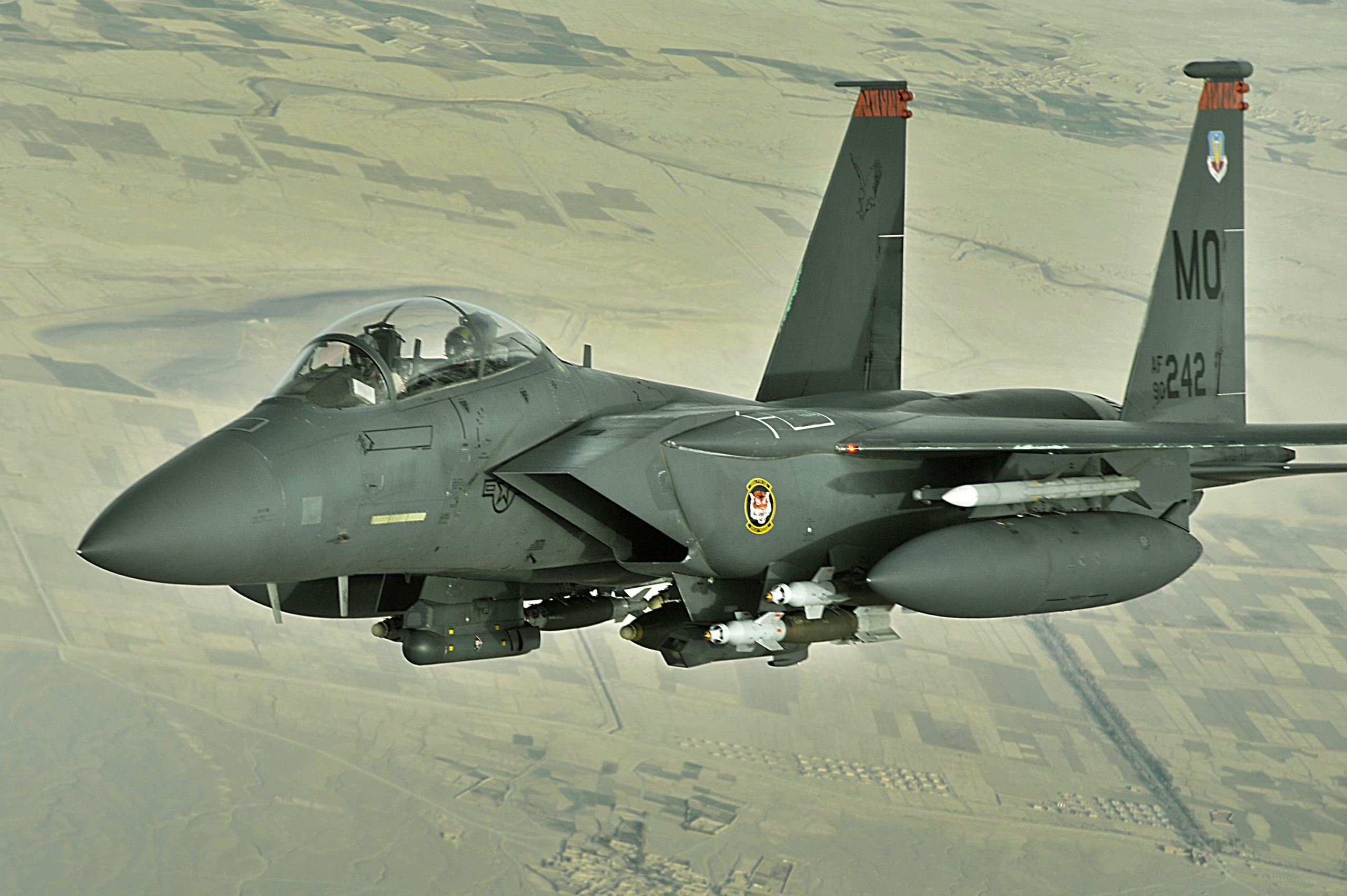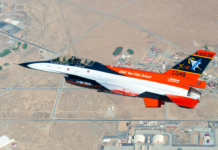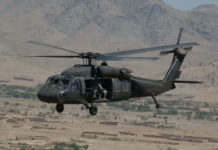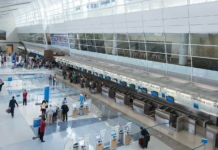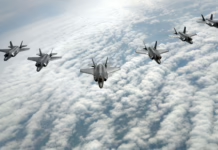The U.S. Air Force is considering bringing home two squadrons of F-15E Strike Eagles from RAF Lakenheath in the United Kingdom as F-35 Lightning II fighters establish operations at the base, with North Carolina emerging as a likely destination for the aircraft.
The U.S. Air Force has outlined plans to remove its fleet of F-15E Strike Eagles from RAF Lakenheath in the United Kingdom and return them to bases in the United States, potentially strengthening the fighter fleet at Seymour Johnson Air Force Base in North Carolina.
Air Force Chief of Staff Gen. David W. Allvin discussed the proposal during a May 20 Senate Armed Services Committee hearing reviewing defense authorization requests for fiscal year 2026.
General Allvin indicated to Sen. Theodore P. Budd that while no final decision has been made on relocating the F-15Es, the Air Force is examining potential destinations. He explained that the Lakenheath aircraft have newer F100-PW-229 engines compared to the older F100-PW-220 engines at Seymour Johnson. Given Seymour Johnson’s importance to both training and operational missions for the F-15E community, Allvin described it as “an attractive landing spot” for the returning aircraft.
The relocation would affect two Strike Eagle units currently stationed at Lakenheath — the 492nd and 494th Fighter Squadrons — once F-35 Lightning II fighters are fully operational at the base.
Gen. Allvin noted that the Lakenheath aircraft are equipped with newer F100-PW-229 engines, which provide significantly more thrust than the older F100-PW-220 engines currently powering jets at Seymour Johnson. The newer engines deliver 29,160 pounds of thrust compared to 23,770 pounds from the older variants.
This engine difference makes Seymour Johnson “an attractive landing spot,” according to Allvin, as it would create flexibility in managing the aging F-15E fleet. The base currently houses both combat and training missions with some of the oldest Strike Eagles in the inventory.
When questioned whether replacing older jets at Seymour Johnson with newer ones from Lakenheath would improve sustainability of both training and combat missions, Allvin responded, “That absolutely does.”
The plan stems from an Air Force report delivered to Congress in April 2025 that detailed the service’s fighter fleet sustainability and recapitalization strategy through 2035. Sen. Budd noted that the plan depends on assumptions about F-35 production and sustainability over the next decade.
The Air Force has faced congressional resistance to aircraft retirements in recent years. The 2025 National Defense Authorization Act specifically prohibits retiring F-15E fighters until the Secretary of Defense submits a comprehensive fighter aircraft capability study and briefs Congress, with a required 180-day waiting period after the December 31, 2025 briefing deadline.
This congressional restriction reflects broader concerns about the shrinking size of the Air Force’s combat jet inventory, exacerbated by delays in F-35A deliveries. F-35 deliveries were paused in summer 2023 due to software certification issues with the Technical Refresh 3 upgrade, and although deliveries resumed in July 2024, those aircraft have not yet been cleared for combat operations.
The Air Force first expressed its desire to retire F-15Es with less powerful engines in 2023, proposing to withdraw 119 aircraft from a fleet of 218 Strike Eagles by fiscal year 2028.
No timeline has been announced for the proposed relocation of the Lakenheath aircraft, which still requires formal approval.

Key Takeaways
- The Air Force plans to return F-15E Strike Eagles from RAF Lakenheath to the U.S. once F-35s are operational at the base.
- Seymour Johnson Air Force Base in North Carolina is being considered as a likely destination for the aircraft.
- The Lakenheath jets have newer, more powerful engines than those currently at Seymour Johnson.
- The plan requires congressional approval, with current law restricting F-15E retirements until specific conditions are met.



